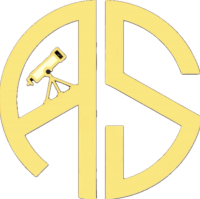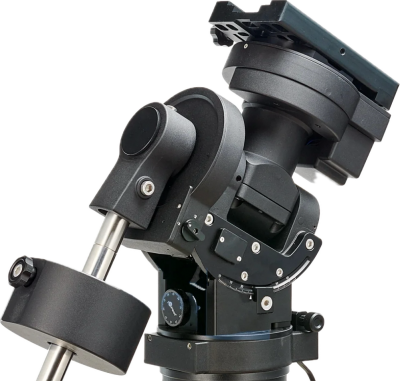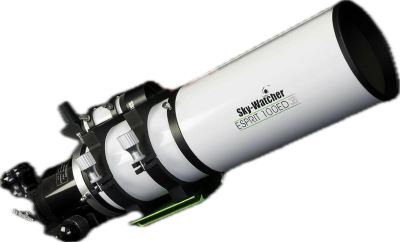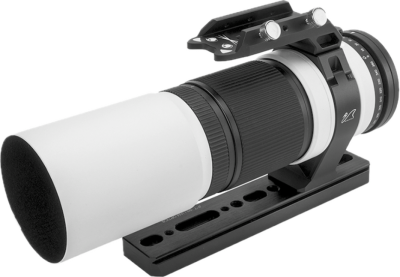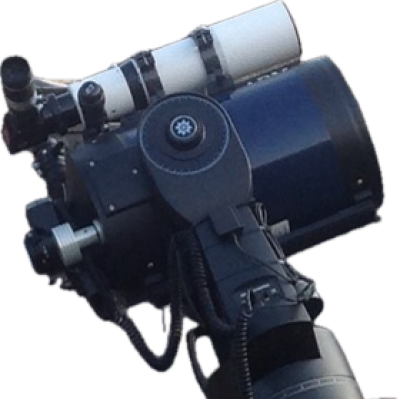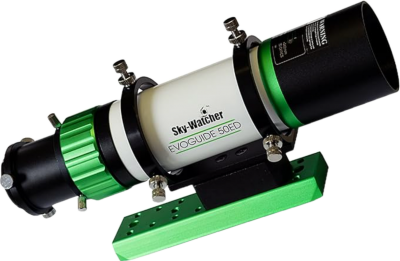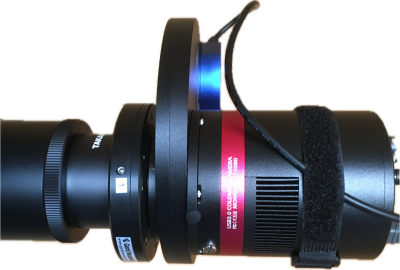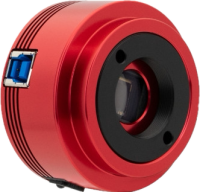Details of all my current imaging equipment
Ioptron CEM70 mount
This is my new mount, for the 2023-24 season. I have wanted one of these for some time and this one came up on the second hand market for an excellent price, it was unused and still in its case. The iOptron CEM70 is a cutting-edge equatorial mount designed to meet the demands of amateur and professional astronomers alike. Known for its advanced features, precision engineering, and versatility, this mount is a superb choice for astrophotography and visual observation. The CEM design is fairly new and offers a much better balance system.
See my YouTube video for a full review of this mount
Features of the iOptron CEM70 mount:
- Mount Type: Equatorial Mount
- Mounting Capacity: 70 pounds (31.8 kg) Mount
- Weight: 27.4 pounds (12.4 kg)
- Payload Capacity: The CEM70 can handle substantial telescope setups, making it suitable for various astrophotography and observation configurations.
- Key Features: Center-Balanced Equatorial Mount (CEM): The CEM design minimizes the mount's weight and provides better balance, reducing the stress on the mount and tripod. This innovative design enhances stability and tracking accuracy.
- AccuAlignTM Calibration Procedure: The mount features a user-friendly calibration process that makes alignment quick and precise. This ensures accurate tracking and GoTo capabilities.
- Integrated iPolar Electronic Polar Scope: The iPolar electronic polar scope simplifies the polar alignment process, helping users achieve accurate alignment with ease.
- Whisper Quiet Slewing: The CEM70 is known for its exceptionally quiet slewing and tracking operation, reducing vibrations that can impact astrophotography.
- GoTo and Tracking Accuracy: With advanced GoTo and tracking capabilities, this mount allows users to easily locate and track celestial objects with great precision.
- Built-in GPS: The integrated GPS receiver automatically inputs your location and time data, streamlining the setup process and ensuring accurate GoTo and tracking performance.
- Multi-Protocol Mount Control: The CEM70 is compatible with multiple mount control protocols, including ASCOM, iOptron Commander, and more, allowing for flexibility in mount control.
- Removable Counterweight Shaft: The mount features a removable counterweight shaft, making it easier to transport and set up the mount in the field.
- Wi-Fi and Ethernet Connectivity: The mount can be controlled remotely via Wi-Fi or Ethernet, enabling convenient operation from a computer or mobile device.
- Sturdy Construction: The CEM70 mount is constructed with high-quality materials and precision engineering, ensuring durability and long-lasting performance.
- Multiple Mounting Saddle Options: The mount comes with multiple saddle options to accommodate various telescope and accessory configurations.
- Packed with Accessories: iOptron often includes a range of accessories like a sturdy tripod, counterweights, and more, making the CEM70 a complete package.The iOptron CEM70 mount is a reliable and feature-rich equatorial mount designed to cater to the needs of both amateur and professional astronomers. Its precision, ease of use, and robust construction make it an excellent choice for those looking to explore the cosmos through astrophotography or visual observation.
Skywatcher Esprit 100 ED
This is my main imaging scope, The Skywatcher Esprit 100 is a premium refractor telescope designed for astrophotography and celestial observation. It is a really good match for my QHY268 cameras and gives a really good imaging scale of approx 1.4”/pixel
- Apochromatic RefractorAperture: 100mm (4 inches)
- Focal Length: 550mm
- Focal Ratio: f/5.5
- Objective Lens: Triplet air-spaced design with Extra-Low Dispersion (ED) glass elements for excellent color correction and reduced chromatic aberration.
- Aluminum tube Approximately 560mm (22 inches)
- Tube weight Approximately 6.2 kg (13.7 lbs).
- 2-inch Crayford-style focuser with a 10:1 fine focus ratio, making precise focusing for astrophotography easier rotatable 360-degree camera angle adjuster for flexible framing of celestial objects.
- 2-inch to 1.25-inch adapter allows for the use of both 2-inch and 1.25-inch eyepieces and accessories.
- Multiple threaded accessory locations for attaching additional equipment such as guide scopes, cameras, and filter wheels.
- High-quality optics for sharp, contrast-rich images with minimal chromatic aberration. It’s Ideal for astrophotography of deep-sky objects, planets, and the Moon.
- Lightweight and portable design for easy transport to dark-sky locations.
Williams Optics Whitecat 51mm, Wide Field / Solar scope
This is my wide field and solar scope, the Williams Optics Whitecat 51, quadruplet Petzval design, with four glass elements the rearmost being a built in field flattener, this scope is the same as the Redcat model, but white, 😉Williams Optics are known for producing high-quality refractor telescopes, and the Whitecat is no exception. This was my guide scope too, until I recently got the Skywatcher 50ED guide scope.
- Aperture 51mm.
- Focal Length 250mm
- Focal Ratio f4.9.
8” Meade LX90 Classic SCT
The 8” Meade LX90 SCT, f10, 2000mm focal length scope, I have had since I started Astroimaging many years ago, this was on its original fork mount until very recently, when I de forked it to use on my EQ8. It’s a classis model from the late 1990’s, but it still in mint condition, I bought is of a guy who had owned from new for 12 months and barely used it. This is a superb example of this model, and the views through it are stunning, this is my GOTO scope for visual and planetary Imaging.
I do have a focal reducer for this too which takes it down from f10 to f7.5 and this is good for imaging as I can used shorter exposures. I also have the Meade 1209 zero image shift focuser on the back along with a feathertouch micro focuser replacing the stock version, this gives much more precise focus, and stops image shift from the moving primary mirror Inerrant with this design of scope.
Skywatcher Evoguide 50ED Guide Scope
A new addition to my set up, a new 50mm ED guide scope. I was using the Whitecat 51 as my guide scope, but found with the single foot mounting method, and the 1.5kg of weight, employed on that scope, I was getting some flexure, with no other way to mount the Whitecat, i decided to buy this as my new guide scope. it’s a Skywatcher Evoguide 50ED, it’s primarily advertised as a quality guide scope, but with the dedicated optional field flattener that is sold for this, it also makes a very good light weight wide field imaging scope, with cameras up to APS-C size.
- Highest practical power: x100 (Eyepieces not supplied)
- 50mm Objective
- Focal Length 242mm (f/4.8)
- Fine Helical FocuserT2 thread
- 1.25” Focuser Barrel for Camera / Eyepiece Connection
- Doublet ED lens with 2 Ohara glass lenses (1 lens S-FPL53)
- Optional dedicated flattener
- Guider Rings & Bracket Sky-Watcher / Celestron / Vixen Style Dovetail Foot for Standard Finder Shoes
QHY268 colour & QHY268 mono imaging camera
As of 2023 I also have the Mono version of this camera, it’s exactly the same camera to look at, and spec, as listed below, just the mono version. Picture to the right is in my Mono version with the filter wheel and tilt adjuster attached.
I treated myself at the start of 2022 to one of the new Sony back illuminated IMX571 sensor CMOS cameras, super sensitive and nice chip real estate too, it’s a OSC camera, but when used with the Optolong L-Extreme or L-Enhance it produces really nice dual narrowband images. Paired with my Skywatcher Esprit 100 scope this gives me a decent imaging pixel scale of 1.4”/per pixel, It has 6280 x 4210 pixels, 3.76 micron pixel size and a 23.5 x 17.5mm APC-C size sensor
- The QHY268C is a colour back illuminated cooled CMOS camera with 16bit ADC. 3.76um pixel size, 26mega pixels. Sony IMX571 sensor. The QHY268C is the CMOS camera with native 16-bit A/D on-chip. The output is real 16-bits with 65536 levels. To compare with the 12bit and 14bit ADC. The 16bit ADC can get high sample resolution, system gain will close to 1e/ADU. No sample error noise and low noise. One benefit of the back-illuminated CMOS structure is improved full well capacity. This is particularly helpful for sensors with small pixels. Even with unbinned 3.76um pixels the QHY268C has a full well capacity of 51ke-
- The QHY268C has 0.7 electron of read noise at highest gain and 6.8FPS full resolution high readout speed. One electron of read noise means the camera can achieve a SNR>3 at only 4 to 6 photons. This is perfect performance when conditions are photon limited, i.e., short exposures, narrow band imaging, etc., making this large area sensor ideal for sky surveys and time domain astronomy.
- The QHY268C is a back-illuminated Scientific CMOS camera with extremely low dark current using SONY's Exmor BSI CMOS technology.In general, the fan-blade mechanical shutter will be broken if it is used 200,000 times or so, and in some specific cases it is easy to fail to switch on or off. The advantage of electronic shutter over mechanical shutter is high reliability and stability when the observatory shoots a large number of pictures. The electronic shutter is a relatively perfect choice for the observatory.
ASI178mm Guide Camera
This is the ASI178 mono guide camera i use now on the Whitecat 51 telescope, it works very well with my set up as it has small 2.4 micron pixels which give a really good image scale against the image scale of my main imaging scope, also being mono it’s super sensitive.
- A back-illuminated Sony IMX178, 1/1.8″, 6.4Mp sensor with Sony Starvis and ExmorR Technology.
- Extremely low read noise (2.2 e~1.4e) , 1.4e @27db, high sensitivity
- 14bit ADC make this an excellent choice for high resolution astrophotography.
- 2.4 micron square Pixel
